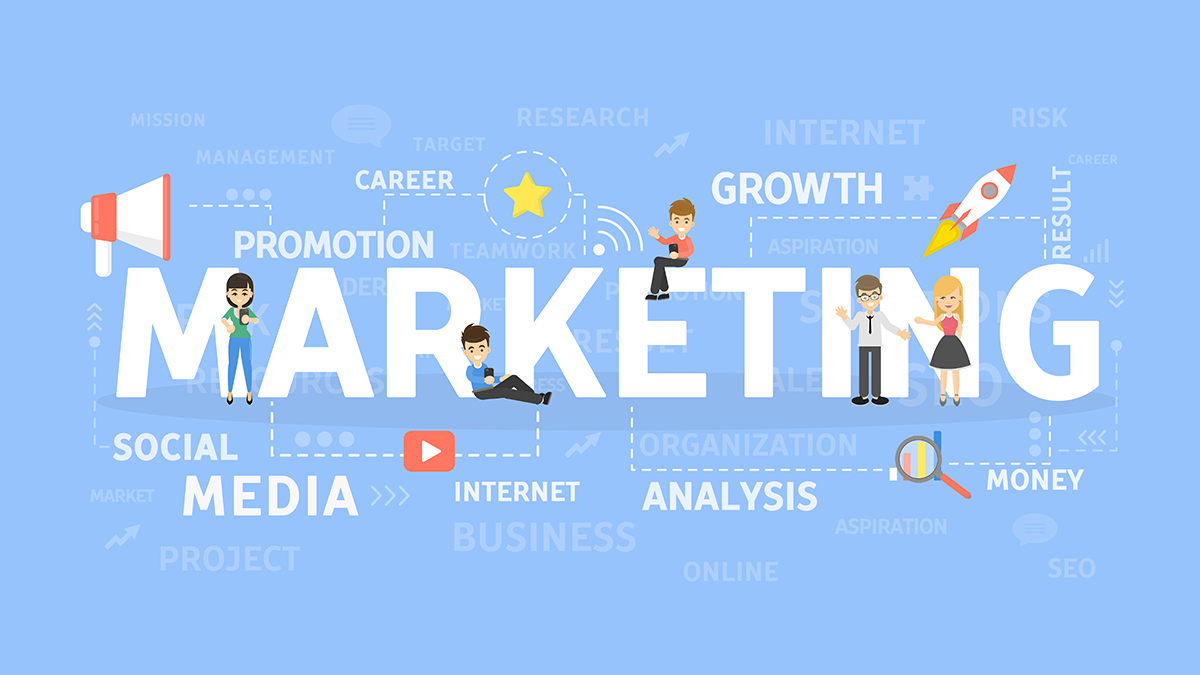Comparing Native vs Cross Platform Mobile App Development: What You Need to Know
Introduction: What is Native and Cross Platform App Development?
Native and cross-platform app development are two of the most popular approaches to mobile app development. Native app development refers to creating an app specifically for a particular platform, such as iOS or Android. Cross-platform app development, on the other hand, is a process of creating an app that can be used on multiple platforms with minimal changes. Hybrid apps are a combination of native and cross-platform apps that use web technologies for their user interface.
Both native and cross-platform mobile app development have their own advantages and disadvantages depending on the project requirements. In general, native apps offer better performance and access to device features such as GPS or camera while cross-platform apps are faster to develop but may lack device specific features. Popular mobile app development platforms like React Native and Flutter make it easier for developers to create both native and cross-platform apps with fewer resources.
Benefits of Native App Development & When to Use It
Native app development is the process of creating apps for specific mobile operating systems such as iOS and Android. It involves using platform-specific programming languages and tools such as Swift for iOS and Java for Android.
Native app development has a number of advantages over other types of mobile app development, such as better performance, better user experience, access to device features, faster development times, and more control over the design. Native apps also have a higher level of security than non-native apps.
When deciding whether to use native or non-native app development, it’s important to consider your goals and requirements. If you need an app with a high level of performance or access to device features like a camera or GPS then the native is the way to go. On the other hand, if you just need an app with basic functionality then non-native may be more suitable.
Pros & Cons of Cross-Platform App Development
Cross-platform app development is an increasingly popular way of creating mobile apps. It enables developers to create applications that can be used on multiple platforms, such as iOS and Android
Cross-platform app development has its pros and cons. On one hand, it can save time and money by eliminating the need for separate development for each platform. On the other hand, it can lead to a decrease in performance or user experience if the app is not optimized properly for each platform.
Which One Should You Choose?
Choosing between native and cross-platform app development is a difficult decision for many businesses. Native apps are built specifically for each platform, while cross-platform apps are designed to be compatible with multiple platforms. Each approach has its own advantages and disadvantages, so it’s important to consider the factors involved before making a decision. Cost comparison between native and hybrid apps is an important factor to consider, as well as the time required to develop an app and the features available on each platform. In addition, businesses must also consider the user experience they want to provide on each device type. By weighing all of these factors carefully, businesses can make an informed decision about which approach is best for their needs.


